Nijinsky (Australian Ballet) ★★★★★
No twentieth-century male ballet dancer has sparked as much adulation and scholarly investigation as Vaslav Nijinsky. Graduating from the Imperial Ballet School in St Petersburg at eighteen, this sexually ambiguous, rather remote man, became the darling of Russia's principal ballerinas. By twenty he was the love object and protégé of Sergei Diaghilev, the alchemist who concocted the Ballets Russes. Within months of the company's birth, the public called Nijinsky a god, because of the way he could suspend himself in the air.
John Neumeier's ballet Nijinsky, created for the Hamburg Ballet in 2000, opened The Australian Ballet's spring season last week. It is no ordinary ballet, but a kaleidoscopic vision of Nijinsky's memories and hallucinations (and myriad drawings of eyes and circles), which he recorded in a diary over just six weeks in 1919. Inspired by Tolstoy's religious writings, Nijinsky claimed he was God, exposed his sexual history, and wept over fears of being locked up. Even his wife, Romola de Pulszky, who had stalked him and whom he married impulsively in 1913, scared him. Sacked by Diaghilev, and unable to manage a new company of his own, he collapsed showing signs of schizophrenia in 1916.
Continue reading for only $10 per month. Subscribe and gain full access to Australian Book Review. Already a subscriber? Sign in. If you need assistance, feel free to contact us.




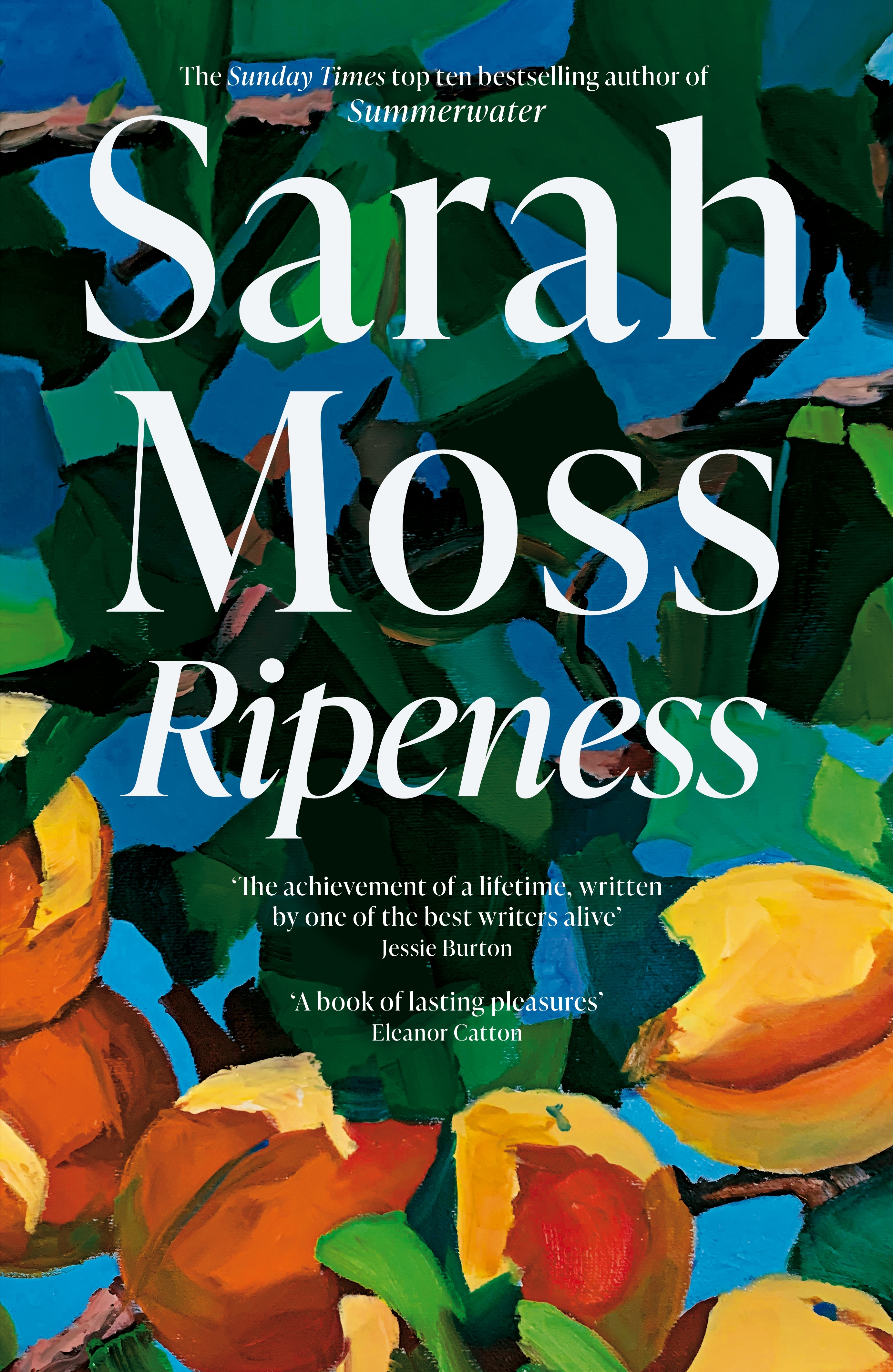
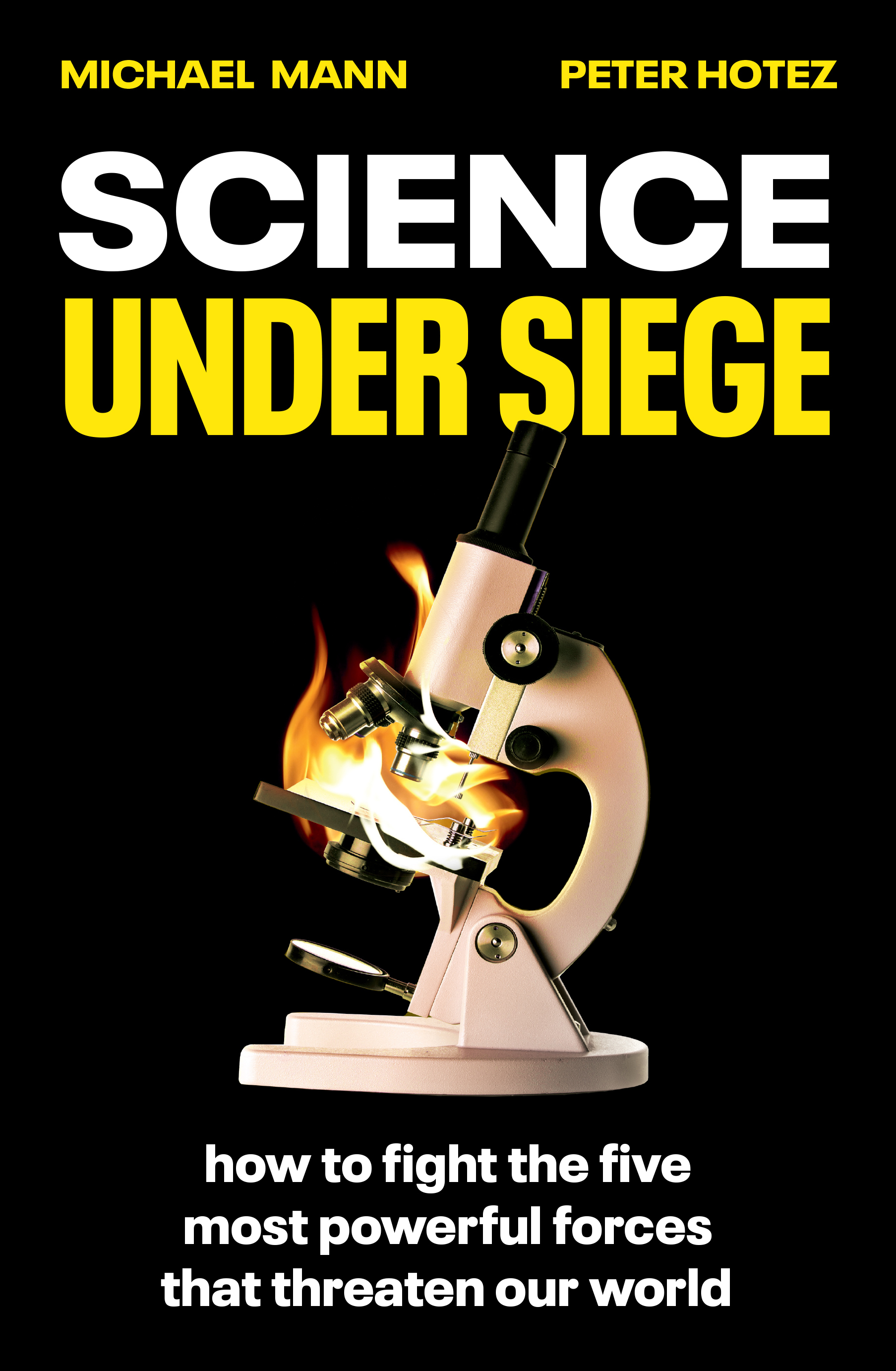
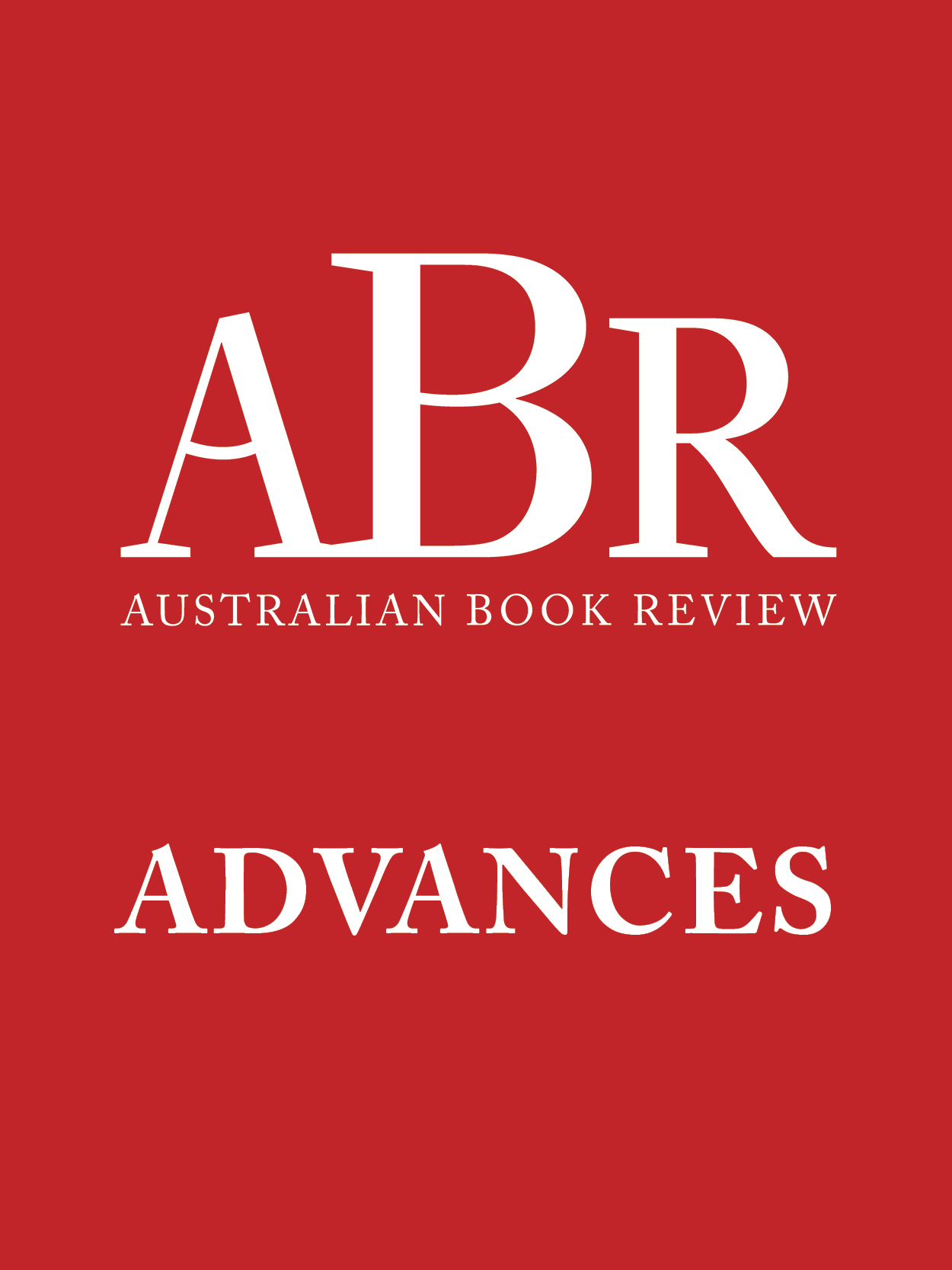
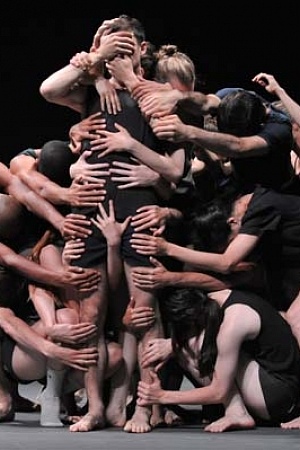
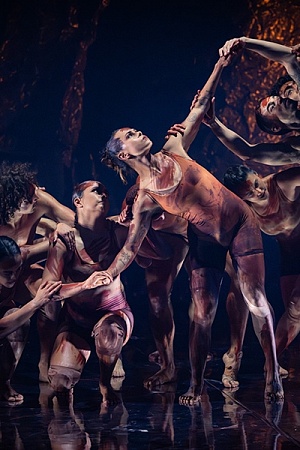
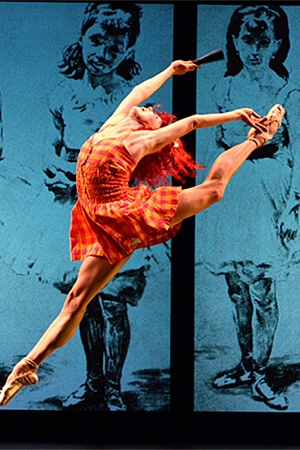
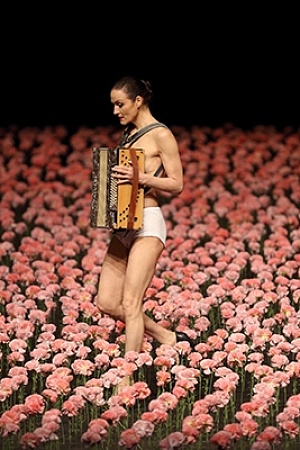
Leave a comment
If you are an ABR subscriber, you will need to sign in to post a comment.
If you have forgotten your sign in details, or if you receive an error message when trying to submit your comment, please email your comment (and the name of the article to which it relates) to ABR Comments. We will review your comment and, subject to approval, we will post it under your name.
Please note that all comments must be approved by ABR and comply with our Terms & Conditions.